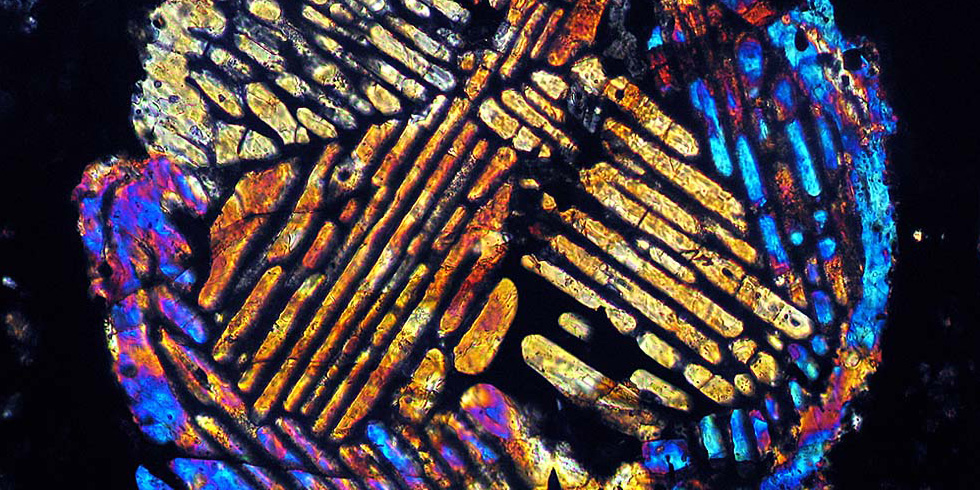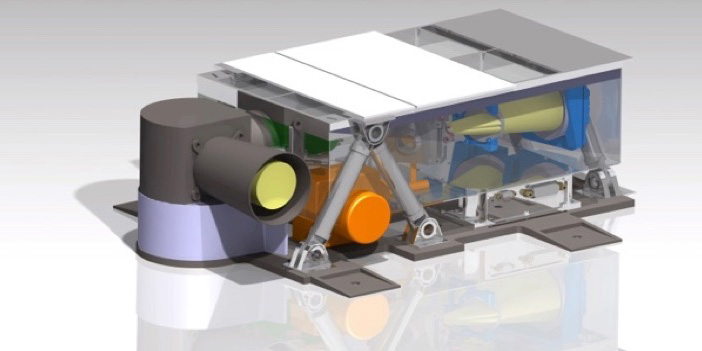Marcopolo
Asteroid Sample Return
Science
.png)
image courtesy of ESA/ Rosetta/ MPS for OSIRIS Team MPS/ UPD/ LAM/ IAA/ SSO/ INTA/ UPM/ DASP/ IDA
The MarcoPolo-M5 mission will study the D-type Near Earth Asteroid 1993 HA and return a sample for detailed laboratory investigation. D-types are the most abundant asteroids beyond the outer edge of the main belt, contain abundant organics and volatiles, and are widely believed to be the most primitive “rocky” material present in the solar system. They appear to have been formed in the outer regions of the protoplanetary disk, and have strong spectral similarities to comets which must have formed in similar regions of the early solar system.
The ESA Rosetta mission has provided spectacular data about a comet, but detailed information about the complex, ultra-fine grained material that forms the comet is not available because of the limitations of space-borne instruments. Meteorites sample many small bodies but examples of possible D-type material are almost completely absent in the collection. D-type asteroids therefore provide a unique opportunity to investigate the very birth of our solar system, completing many of the missing pieces of our knowledge about the birth of our solar system, the origin of Life and evolution of the planets.
From the orbital observations, in situ lander measurements and detailed laboratory analyses of the returned samples the mission seeks to answer the following fundamental questions:
- What was the astrophysical setting of the birth of the solar system?
- What is the origin of material in the early solar system and how did it evolve?
- What is the origin of water and the atmophile elements on Earth and other terrestrial planets?
- What is the nature and origin of organic compounds in the early solar system and their involvement in the origin of life on Earth?
- What is the nature of D-type asteroids and how do they relate to other classes of asteroids and cometary bodies?
Within each top level question there are a series of more specific goals.
Sample Science
Answers to these fundamental questions require measurements with exceptional levels of precision and sensitivity that can only be achieved by instruemnts back on Earth.
In situ measurements
On-board instruments and a small lander will characterise 1993 HA to select the best sampling site and provide geological context to the collected samples.
Register your support
If you would like to register your support for the MarcoPolo-M5 mission please go to our registration form page:
This will generate an e-mail to Ian Franchi, who will add you to the list of supporters and mailing list.

